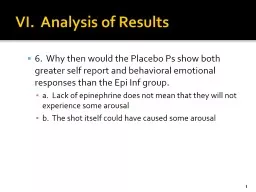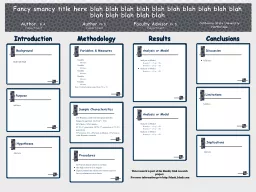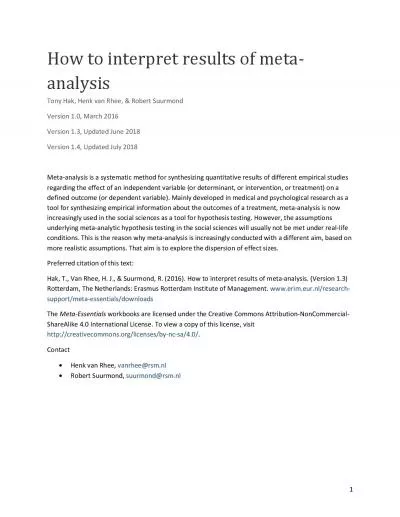PPT-VI. Analysis of Results
Author : marina-yarberry | Published Date : 2017-05-07
6 Why then would the Placebo Ps show both greater self report and behavioral emotional responses than the Epi Inf group a Lack of epinephrine does not mean that
Presentation Embed Code
Download Presentation
Download Presentation The PPT/PDF document "VI. Analysis of Results" is the property of its rightful owner. Permission is granted to download and print the materials on this website for personal, non-commercial use only, and to display it on your personal computer provided you do not modify the materials and that you retain all copyright notices contained in the materials. By downloading content from our website, you accept the terms of this agreement.
VI. Analysis of Results: Transcript
Download Rules Of Document
"VI. Analysis of Results"The content belongs to its owner. You may download and print it for personal use, without modification, and keep all copyright notices. By downloading, you agree to these terms.
Related Documents














